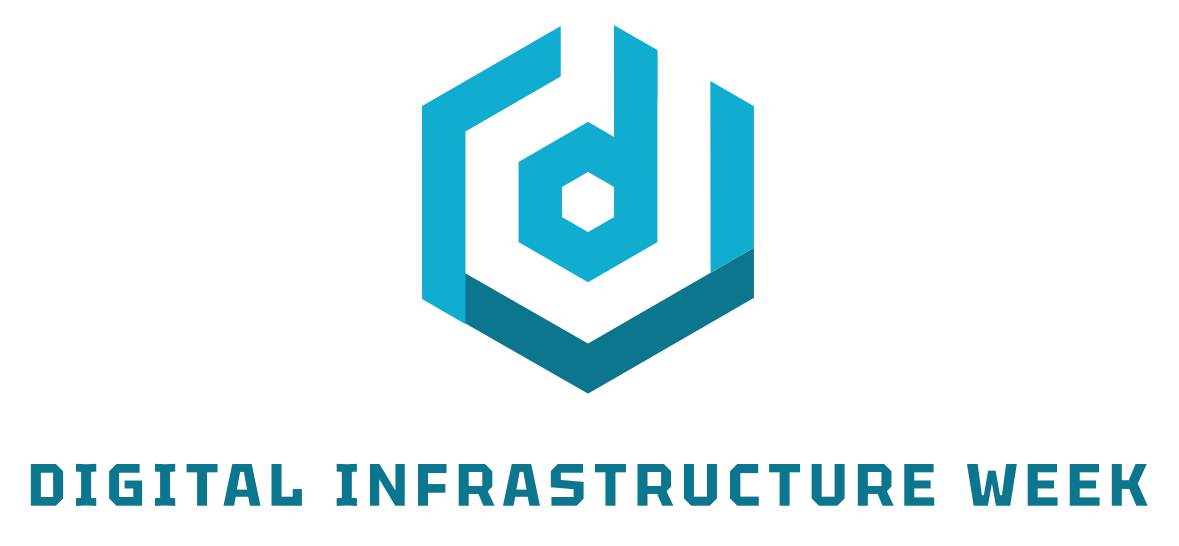From Typewriters to Laptops: Digitization Means Flexible Hardware and Software Solutions
Authored by Kurtis McBride, CEO, Miovision
I’m typing this post on a laptop – a powerful, flexible piece of hardware that’s been around long enough that we tend to take it for granted. As I take breaks from writing, I check email and Slack messages; I jump on meetings with my team via video conference; I look up contact information for a colleague to set up another meeting; and I check the weather and maps to figure out whether I can make it home to take my dog for a walk before it rains.
But, office work wasn’t always this way.
Imagine my 1973 counterpart, writing this post on a typewriter, then checking with his assistant for office memos; walking to a conference room to attend a meeting that was likely scheduled using a Rolodex and a phone call. My 1973 self probably got the weather report from a transistor radio and just took their chances on commute times.
Note the difference – I have one flexible device (the laptop) that provides the same functions via software that once involved a typewriter, an assistant, Rolodex, telephone, transistor radio, paper memos, physical meeting rooms – and more.
When we talk about the digitization of traffic infrastructure, we're really talking about the same kind of transition – from a hardware-centric approach where each piece of hardware does a few dedicated things to a software-centric model, where a powerful, flexible hardware platform delivers a growing array of solutions via hardware.
This shift is being driven by the increasingly complex nature of traffic management. For decades, traffic engineers were mostly trying to accomplish one thing – moving vehicles quickly and safely. But, transportation policy now aims to do many things, including improving safety for all road users, encouraging active transportation and transit, and supporting broader planning efforts to increase density. And, the list of considerations will continue to grow; we will soon need to accommodate emerging developments like the advent of autonomous and connected vehicles, for example.
Moreover, addressing these kinds of policy goals calls for network-level approaches – measuring and managing multimodal traffic over the entire traffic network. You can’t address GHG emissions over a few corridors, or address safety by triaging a few intersections with higher-than-expected levels of accidents. To succeed, active transportation, Vision Zero or GHG reduction efforts require taking a complete traffic network approach to traffic management.
Today’s hardware-centric model simply can’t support this growing complexity. If every time we want to support a new policy or add a new feature, we plan to roll a truck out to every intersection to install a new bit of dedicated hardware – well, that can’t possibly scale to meet today’s needs. It’s too expensive and it will take far, far too long to implement at every intersection.
So, what’s the alternative? To mirror what’s already happened in our offices at the intersection and roadside. We need to develop flexible, powerful, connected hardware platforms capable of supporting a range of sensors and software. We need hardware and software standards that encourage innovation and competition to give cities access to a range of solutions to enable them to deliver their transportation priorities. And, we need an approach that scales to a network level – both in terms of logistics and cost – so that agencies can measure, manage and optimize their entire transportation networks.
My company, Miovision, already provides hardware platforms and software solutions that do some of that. But, we’re still limited by the old signal hardware. Before laptops became affordable, there were dedicated word processors that could do much more than a typewriter, but were still essentially writing and editing tools. That’s analogous to where we are today. When it comes to traffic infrastructure, we could do so much more if we started building digital platforms to replace the legacy systems entirely.
That’s a task bigger than one company or one technology. The existing traffic signal is defined by a range of standards and requirements that need to be translated into the digital age. We need to think about open systems that encourage innovation and competition.
If we can come together to define what’s next, we can replace legacy, analog systems with powerful, flexible, connected hardware that’s capable of supporting a range of sensors and running a growing portfolio of software solutions that can address whatever policy goal an agency wants to achieve. This would create a solid foundation for the next generation of traffic management. It’s a future we can realize – if we work together.
